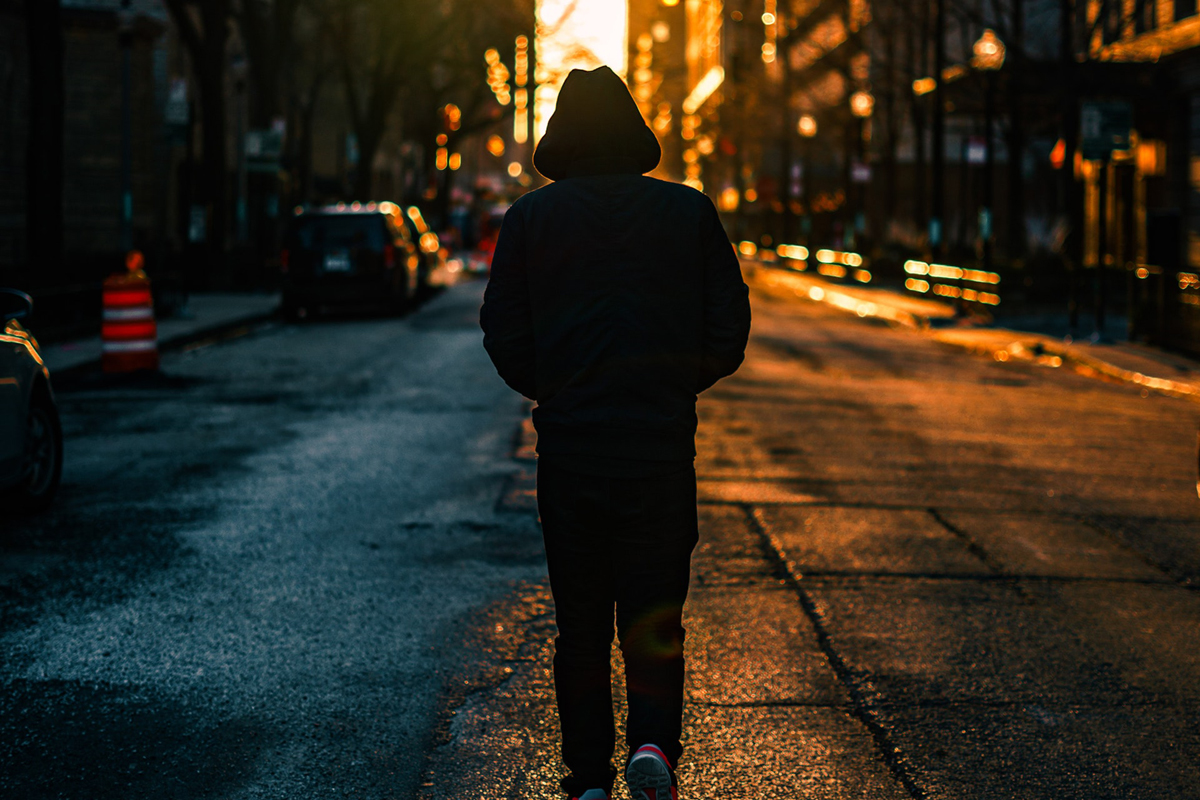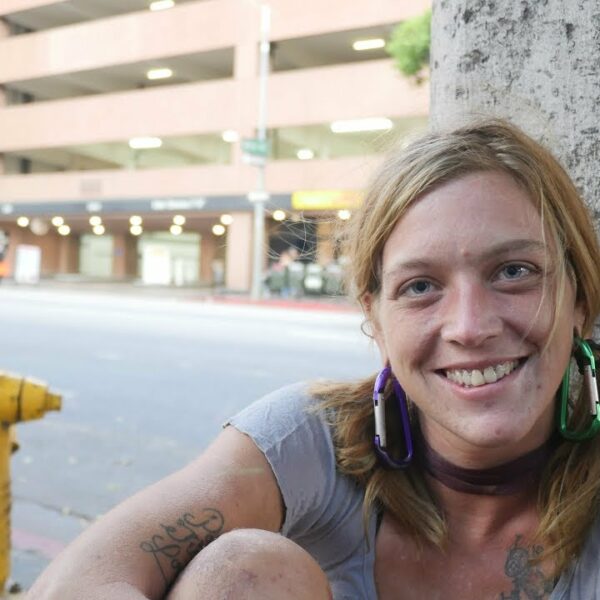You’re pretty clear on the fact that every single homeless person couldn’t possibly be a drug addict. It is just basic common sense to know that there are exceptions to each and every rule. That’s why, when you head to work on the subway or you shuffle past an unhoused member of society coming out of a grocery store, you don’t jump to conclusions right away.
Instead, when a homeless person approaches, you search diligently for clues to their character. You assume you will find these clues in their clothing, their demeanor, or in whatever possessions they may be carrying. If their clothing is stained or if they appear to have an odor, only then do you decide to judge.
For if this is the case, and then they must be on drugs, right?
Wrong.
In reality, homeless people have all sorts of reasons why their clothing might be tarnished, odor-ridden, or stained. The abhorrent conditions of having no place to live, launder, or disinfect leads these reasons. To assume these visible aspects of appearance allude to drugs instead of poverty is classist and dismissive of the facts.
But what if a homeless person approaches you with bloodshot eyes, shaky fingers, and seeming just generally spaced out? Then it’s okay to assume this person is under the influence, right?
Wrong again.
Due to laws and hostile architecture designed to target and dehumanize homeless people, sleep deprivation is one of the leading health issues afflicting the homeless community. Some of the most common visible symptoms of sleep deprivation include bloodshot eyes, shakiness, clumsiness, and an inability to concentrate.
While you might have convinced yourself that the conclusions you draw about most homeless people being substance abusers are rooted in facts and personal observations, please know that on a subconscious level this is simply not true.
It can’t be true, because most homeless people are not addicted to drugs.
Furthermore, many homeless people who are addicted to drugs only became substance abusers after spending an extended period of time with no place to live, sleep, shower, or be treated like human beings. In other words, drug abuse is proven to be a side effect of homelessness, not just a cause. The general public is misled into believing the vast majority of homeless people are drug addicts when they are not. This is due largely to a series of misconceptions perpetuated by the media and politicians. They are as follows.
Misconception #1: The Myth That All Homeless People Live Outside
The most common picture of homelessness is one of a person sleeping outside. But in truth, that is only one type of homelessness known as unsheltered homelessness. Homeless individuals living unsheltered are more visible to the public than other types of homeless people who might be couch surfing or residing in motels or emergency shelters. However, unsheltered individuals only account for 35% of the homeless population.
Statistics show that substance abuse is higher among the unsheltered homeless population than it is among the sheltered homeless population. Since these are the homeless people you are most likely to see in the media and/or in person, this misconception can fuel a painfully harsh narrative about the entire homeless population at large.
But even within the unsheltered homeless population where substance abuse is at its highest, only 51% of that population reportedly lost their housing due to a drug or alcohol addiction.
This means that almost half of the homeless people you see living outside (49% to be exact) lost their house for some other reason that is not at all related to drug or alcohol addiction. So, before you decide the unsheltered person shuffling out of the grocery store behind you is addicted to drugs, remember this: The odds they are not abusing drugs or alcohol is about the same as if you flipped a coin.
The waters here are deeper still…
Misconception #2: Homelessness Stems from Deficiency in Character
When all homeless people are included in the statistics, we learn only 26% of the entire homeless community suffers from a serious drug addiction. This means the overwhelming majority, which equates to 74%, are not addicted to drugs.
Still, the public blames homeless people for their dire state, as if homelessness highlights some sort of pre-existing character flaw.
Fact check: The three leading reasons for homelessness have nothing to do with character. They are as follows:
- Lack of affordable housing
- Unemployment
- Poverty
*It’s important to note that domestic violence in the home is the fourth leading cause for homelessness in women.
Misconception #3: Homeless People are Addicts, Housed People Suffer from a Disease
The third misconception is related to how we, as a nation, view the world. According to the American Addiction Centers statement, “addiction is considered a highly treatable disease, and recovery is attainable”.
The general public largely agrees that substance abuse and addiction is a disease. That is unless it concerns the homeless population. The 26% of homeless people who do suffer from substance abuse and addiction are rarely, if ever, met with that same level of empathy. For this reason, punitive approaches continue to rule a landscape of unjust politics where homelessness is managed rather than solved.
It Is Imperative That We Inform Ourselves when the Media Presents a Harmful and False Narrative Regarding Poverty
When the Global Journal of Science Frontier Research released a survey titled Public Attitudes toward the Homeless By Robert P. Agans & Guangya Liu, an astonishing 91% of participants thought drug and alcohol abuse were the leading causes of homelessness. They also rated “laziness” over “bad luck” and seemed to believe that mental illness was a significantly higher contributing factor than lack of affordable housing. In the same breath, the majority of participants described themselves as “sympathetic toward the homeless population”.
Why Housing is the Only Solution
Approximately 26% of the entire homeless population and 51% of the unsheltered homeless population need services related to the treatment of substance abuse and addiction. 100% of the entire homeless population and 100% of the unsheltered homeless population need houses.
Talk to your legislators about their plans to help 100% of all homeless people nationwide.













